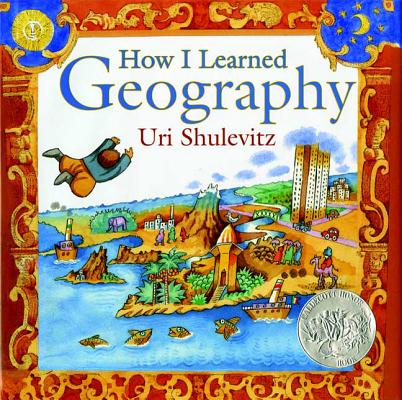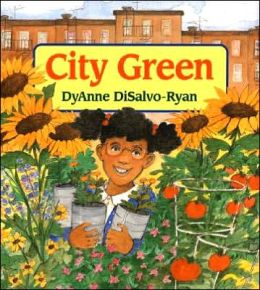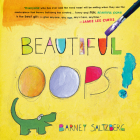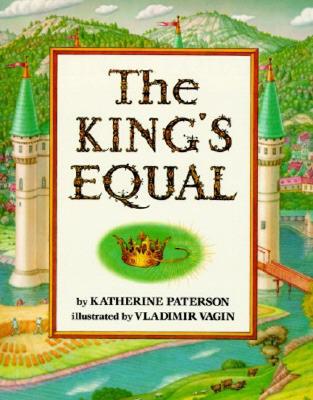I've reached 1,500 followers over on TeachersPayTeachers! This is a big milestone for me and really means a lot. I have always felt a little hesitant to write and share my writing with the larger world. The writer-me wants to go into a dark corner and hide; the teacher-me says, "I need an article to teach this topic!" and I don't have a choice except to go and write.
To celebrate, I have 15 items on sale for 15% off. The sale lasts until Saturday. Here are some glimpses into the process and my favorite items.
 Cause and Effect Activity and Texts
Cause and Effect Activity and Texts: This is still one of my favorite units. When I had trouble finding suitable cause and effect texts for my students, I started writing my own. Over the years I have added multiple articles so that there are 9 altogether. My favorite is "Forgotten Fruits"--last summer I was able to track down and try a pawpaw for the first time!
These articles have been so much fun to write. Everywhere we go I look for more inspiration for interesting details that can become the basis of a cause and effect text.
 Chronological Order Texts:
Chronological Order Texts: When I wrote this, I wanted to have a collection of articles that reflect the varying nature of chronological order text. Sometimes chronological order is about an animal's life cycle, sometimes it is about a person's life, and sometimes it is about a historical event. Even procedural text is written in chronological order.
By far my favorite text to write in this packet was "Whoopie Wars". After all, I
had to make whoopie pies to really understand the topic, right? But my research into the life of Dolley Madison was just as interesting, and making the fabric scrap Easter eggs for the procedural text was a favorite activity for my children.
 Main Ideas and Details in Nonfiction Text:
Main Ideas and Details in Nonfiction Text: This unit has been revised and added to many times, probably because I learn new things every time I teach nonfiction. This year's addition: two new texts, one with the topic of skinks (item 24). My students were fascinated by these common lizards.
The cover picture is from a hawk-watching spot north of me--isn't it gorgeous? I went hoping to catch some photos of hawks, not realizing how underpowered my poor little camera is for such a task. Still, it was a fun hike and my children enjoyed it.
 Paraphrasing and Summarizing Lessons:
Paraphrasing and Summarizing Lessons: The next time you read a professional book, take a moment to think about all of the things that the author had to leave out for space reasons! I had many items that didn't make it into my
summarizing book, and those items formed the basis of this unit. I expanded the unit with more articles, including "Mysterious Mushrooms" and "SR-71". My husband, who teaches third grade, requested another airplane article, so I added "The A-10 Thunderbolt". He says the kids love it.
Airplane texts are really hard for me to write as I don't have as much background knowledge about airplanes. Luckily, my older son is happy to show me around the Smithsonian Air and Space and the Udvar-Hazy Center and share his wisdom. Sometime soon I have to write about swept-wing aircraft--I never realized what an innovation they were until he told me about them.
Character Traits and Emotions: This unit includes resources that I started creating when I was working on
The Forest and the Trees. My students loved writing dialogue to show different character traits! Over the years I've added more activities, stories, and a PowerPoint. I especially like teaching with "Thomas and the Teapot"--it was one of those stories that just writes itself. Even early in the school year this story can get kids talking and sharing their viewpoints.
Persuasive Writing Unit: This file was originally just a fact and opinion PowerPoint. Oh, how times have changed! I always seem to come to this in the spring when things are incredibly hectic, and I like having the lesson plans to look back to.
I wrote the text "Don't Release Your Pets!" after a real life incident at a creek. We were cleaning up from kayaking when a woman came by with two large fish that she was releasing into the creek. "We just don't want to have them anymore," she said cheerfully. I was kind of shocked and I realized that not everyone knows that releasing your pets into the ecosystem is a bad idea. (I ended up taking the fish home...) The topic turned out to be a good one for a persuasive text, and every year kids are intrigued by the anecdotes in the essay.
Visualizing: What a fun unit to teach! This was one of my first bundles, and I recently updated the formatting of the stories. The story "Boring, Boring, Boring" was written to show how different characters can have very different feelings about the same events. Every year I'm asked for a sequel...hmm...
Here are some of the other items on sale:
Reading Intervention
Ecosystems Informational Text Set
Under the Sea Nonfiction Text Set
Daily Sentence Writing, Part 1
Daily Sentence Writing, Part 2
Roman Readers Theatre
Design-A-Land
It is a pleasure to dream up new texts, format them, and share them for other teachers to use in their classrooms. Thank you so much for everything!
What's next? I'm working on some new stories and activities. I'd also like to put together a set of third grade homework materials. But most importantly, I'm going to try to keep from hiding in the corner. :)

























